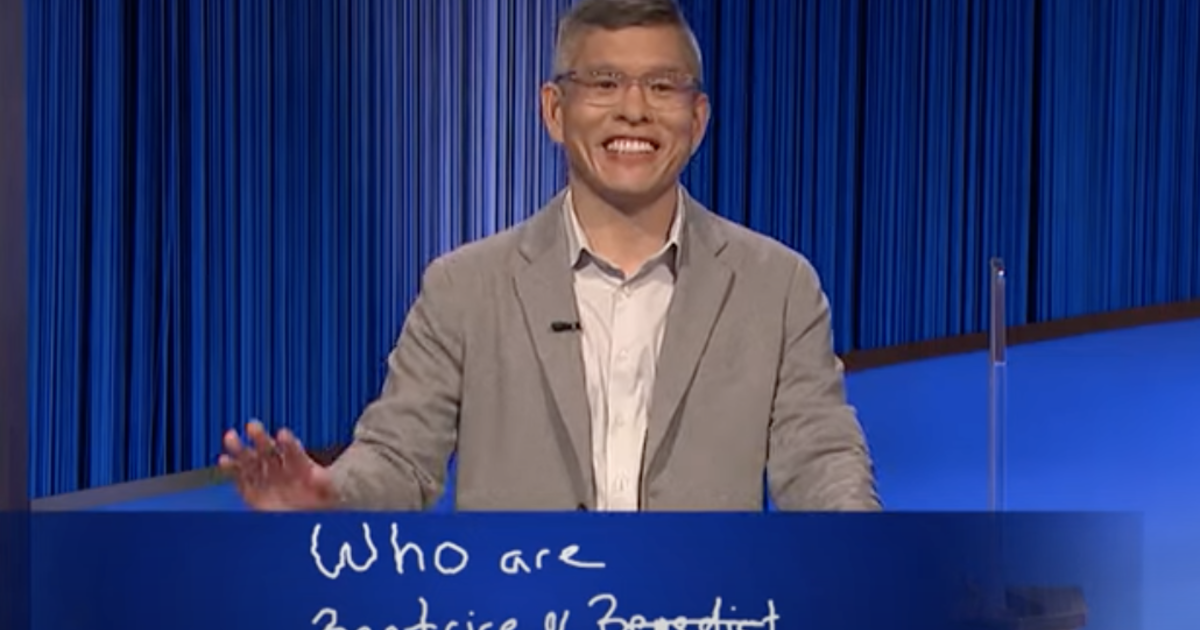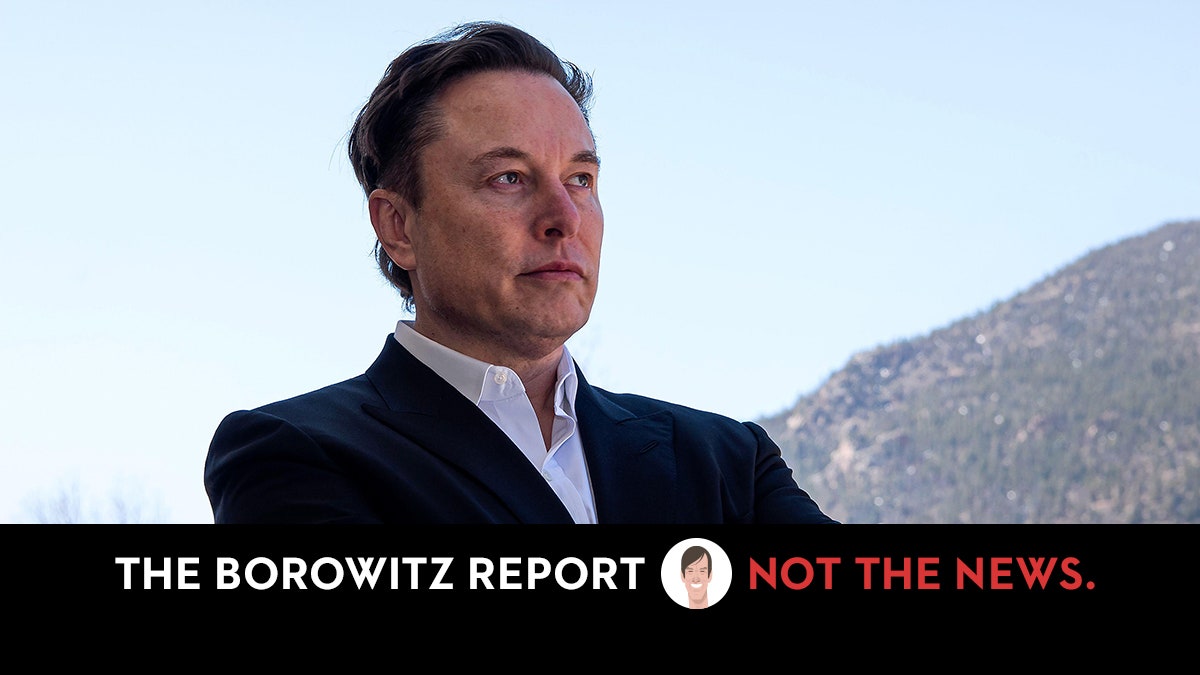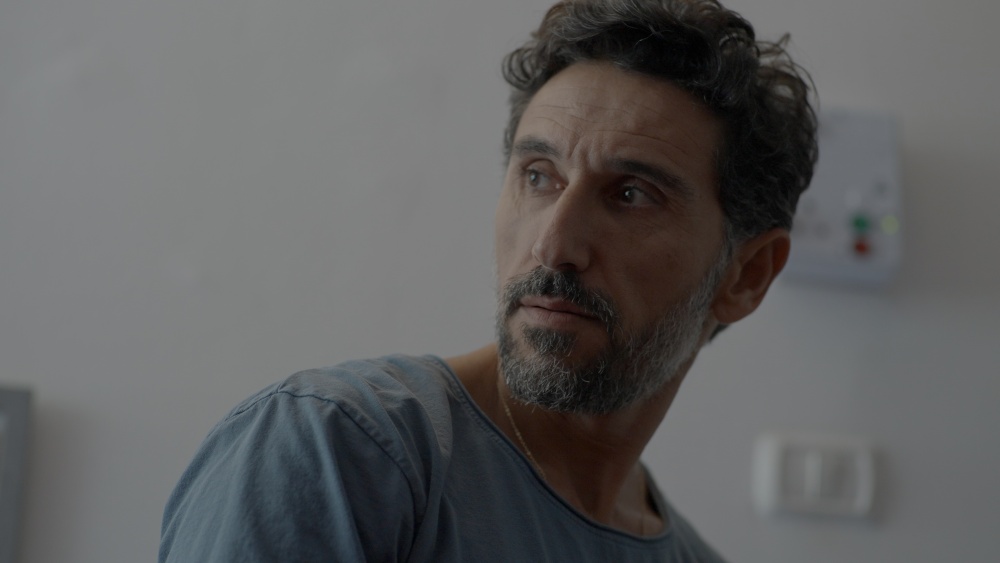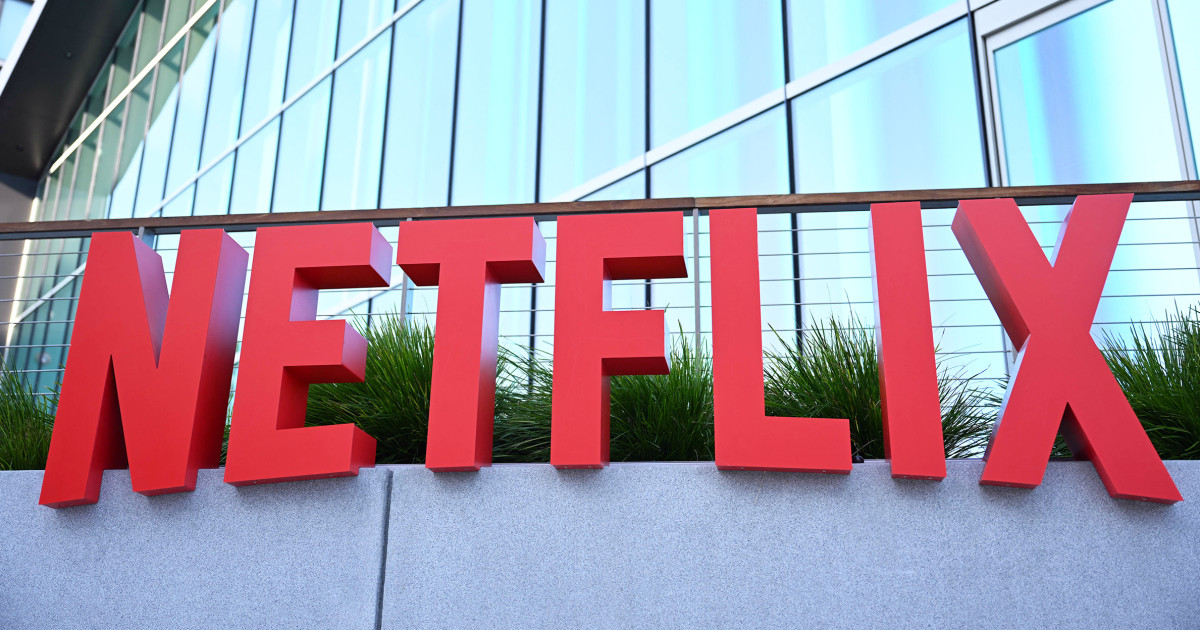Deregulating Banks Is Dangerous | The New Yorker
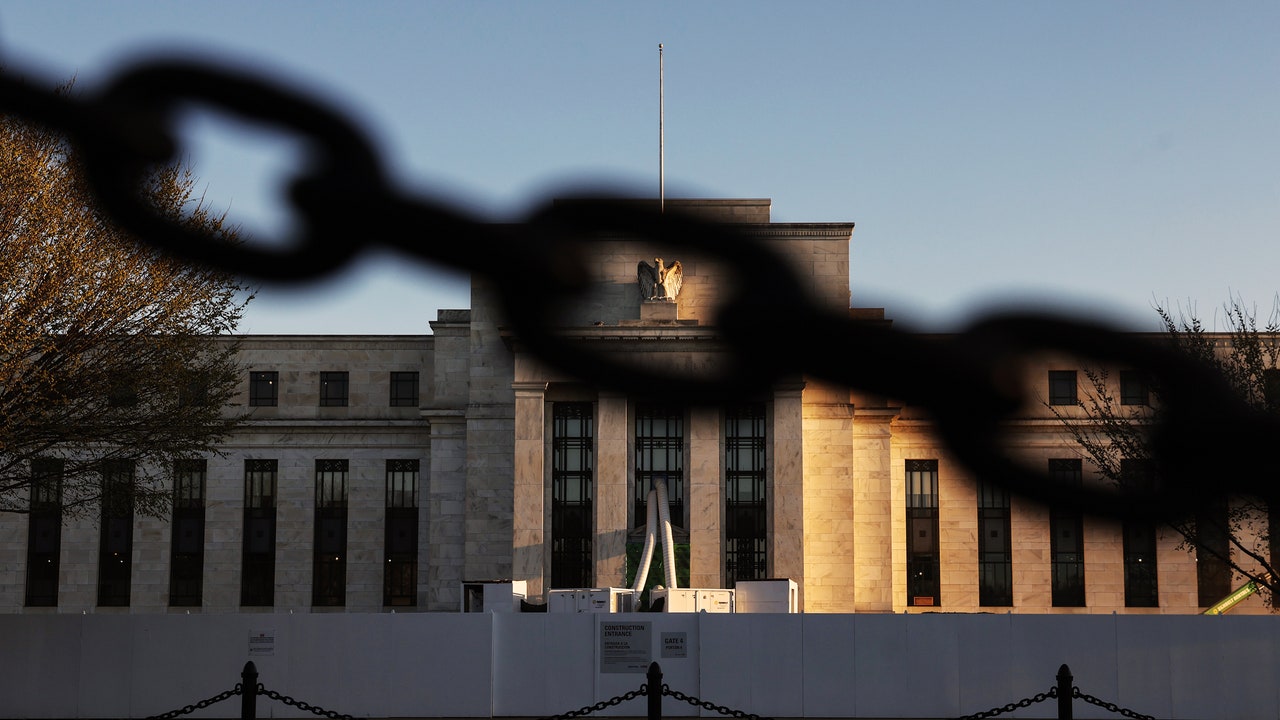
The second-largest bank failure in U.S. history occurred on Monday, when the Federal Deposit Insurance Corporation seized First Republic Bank, a San Francisco-based bank that had been teetering for weeks amid worries about its profitability, and sold it to JPMorgan Chase, the country’s largest bank. First Republic’s shareholders will be wiped out, and JPMorgan will pay the government insurance fund $10.6 billion. As part of the deal, the F.D.I.C. agreed to provide JPMorgan with fifty billion dollars in long-term loans and take on eighty per cent of any losses that JPMorgan suffers in the next five years on loans that First Republic made to companies, and the same for the next seven years for residential mortgages.
This is the third big bank failure in two months—the others were Silicon Valley Bank (S.V.B.) and Signature Bank—and it confirms two old truths. Banks, by their nature, are fragile institutions, potentially subject to runs by depositors that can poleaxe them in short order. The second truth is that whenever a big bank looks like it’s about to fail, the federal government usually steps in with guarantees or taxpayers’ money because of fears that an uncontrolled collapse could prompt panic and lead to an economy-wide financial crisis.
Regulators haven’t yet conducted a financial autopsy of First Republic, which catered largely to rich customers and expanded rapidly in recent years. But, by coincidence, its demise came days after the Fed published the results of an internal inquiry into the collapse of S.V.B., which it was responsible for regulating. The Fed’s inquiry blamed S.V.B.’s fate primarily on mismanagement by senior S.V.B. executives who failed to prepare for the impact of higher interest rates. But, in what amounted to something of a mea culpa, Michael Barr, the Fed’s vice-chair for supervision, also acknowledged that S.V.B.’s failure had highlighted “weaknesses in regulation and supervision that must be addressed.” Regulators at the Fed “did not appreciate the seriousness of critical deficiencies in the firm’s governance, liquidity, and interest rate risk management,” the report said. “These judgments meant that Silicon Valley Bank remained well-rated, even as conditions deteriorated and significant risk to the firm’s safety and soundness emerged.”
Before berating the Fed for this supervisory failure, it is important to understand a bit more recent history. Five years ago this month, then President Donald Trump signed into law the so-called Economic Growth, Regulatory Relief and Consumer Protection Act. Known in the financial industry by the unlovely acronym E.G.R.R.C.P.A., this legislation exempted community banks and regional banks from certain elements of the Dodd-Frank financial reform, which Congress passed in the wake of the financial crisis of 2007-09, when the entire banking system came to the verge of collapse. The 2018 act “rolls back the crippling Dodd-Frank regulations that are crushing community banks and credit unions nationwide,” Trump crowed, echoing the line of a well-funded bank lobby. A fact sheet put out by the G.O.P.-controlled Senate said the act “modernizes financial regulations in a way that makes sense for small financial institutions.” Even some Democratic senators endorsed this idea: seventeen of them voted for the bill.
But, when the E.G.R.R.C.P.A. passed, S.V.B., which was headquartered in Santa Clara, California, wasn’t a community bank, or a credit union, or any kind of “small financial institution.” At the end of 2017, it had assets of $51.2 billion and nearly twenty-five hundred employees. Its annual report said that it offered “a diverse set of banking and financial products and services to clients across the United States.” S.V.B. was a sizable and fast-growing bank. So was First Republic, which in 2018 had $99.3 billion in assets. Nonetheless, they both qualified for substantially reduced regulation under the E.G.R.R.C.P.A., which exempted banks with less than two hundred and fifty billion dollars in assets from the “enhanced prudential standards” that Dodd-Frank had introduced. To meet the enhanced Dodd-Frank standards, banks were obliged to hold more capital and maintain greater liquidity than they had before the 2008 crisis, which potentially crimped their profits. Their daily operations were supervised more closely, and they were subjected to annual stress tests to determine whether they could survive another financial crisis.
Freed from this strict regime, S.V.B. expanded even more rapidly, tripling its assets between 2019 and 2021, from seventy-one billion dollars to two hundred and eleven billion. As the favored bank for many Silicon Valley startups, it also benefitted from the tech boom during the coronavirus pandemic. If a bank grows as quickly as S.V.B. and First Republic did in recent years, it is often a warning sign to regulators, but S.V.B. “was not subject to heightened supervisory or regulatory standards,” the Fed’s report acknowledged.
Only some of the regulatory failures can be placed at the feet of Congress and the E.G.R.R.C.P.A. Changes at the Fed also played an important role. In 2017, Trump nominated Randal Quarles, a former private-equity manager who favored reducing the regulatory burden on banks, as vice-chair of the Fed for supervision, the job now held by Barr, the author of the mea culpa. During Quarles’s term of office, which lasted until 2021, “supervisory practices shifted” in the institution’s regulatory arm, the Fed’s report said. “In the interviews for this report, staff repeatedly mentioned changes in expectations and practices, including pressure to reduce burden on firms, meet a higher burden of proof for a supervisory conclusion, and demonstrate due process when considering supervisory actions.” Although there was no formal change in the Fed’s policies, these changes “contributed to delays and in some cases led staff not to take action,” the report said.
In an interview with CNN on Friday, Quarles said that returning to the stricter regulatory regime that was in place before passage of the E.G.R.R.C.P.A. “would not have made any difference” in the fate of S.V.B., which he attributed primarily to a depositors’ panic that was sparked by communications on social media. For a longtime champion of reducing regulatory burdens, that was a convenient explanation, but there may be an element of truth in it. “The combination of social media, a highly networked and concentrated depositor base, and technology may have fundamentally changed the speed of bank runs,” the new Fed report acknowledged. “Social media enabled depositors to instantly spread concerns about a bank run, and technology enabled immediate withdrawals of funding.”
Surely, however, the fact that such technology makes banks even more vulnerable to runs strengthens, rather than undercuts, the argument for supervising them more aggressively and forcing them to do things that make them more resilient, like holding more liquid assets and keeping more capital in reserve. With Barr now holding Quarles’s job, the Fed will likely take some necessary steps internally, such as tightening up its regulatory guidelines and encouraging its supervisory staff to be more proactive. But larger changes than these are needed.
As a first step, Congress should restore the Dodd-Frank regulatory standards for all banks with more than fifty billion dollars in assets. Beyond that, other reforms that merit consideration include limiting stock buybacks by banks, clawing back the bonuses of bankers who lead their firms to ruin, and maybe even encouraging the growth of “narrow banks” that invest their depositors’ money in assets that have little or no interest-rate and credit risk, such as central-bank reserves and short-term Treasury bonds.
History teaches us that there are no panaceas when it comes to regulating banks. (For example, shifting to narrow banking could make it harder for companies to get loans.) But history also tells us that relaxing banking regulations at the request of bank executives and bank lobbyists is almost always a bad idea. Seemingly, this is a lesson that every generation learns the hard and costly way. ♦

